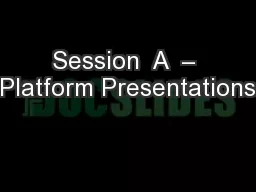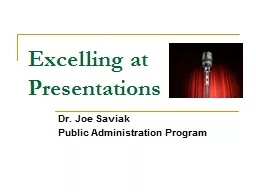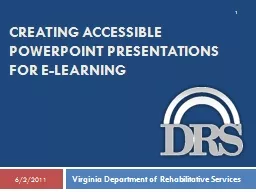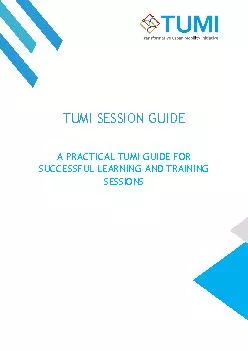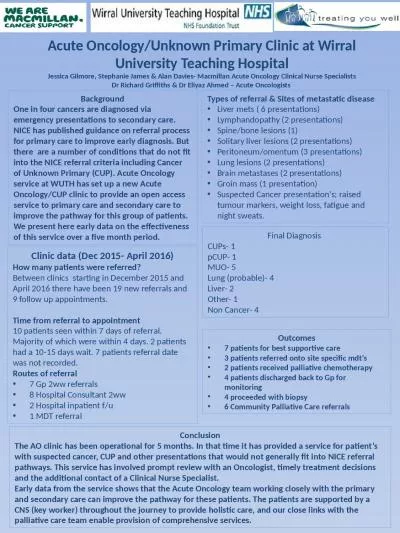PPT-Session A – Platform Presentations
Author : alida-meadow | Published Date : 2018-10-02
May 23 2016 Visit us at wwwdectrorgcommunity wwwdectrorgforum Work supported by an Institutional Development Award IDeA from the National Institute of General
Presentation Embed Code
Download Presentation
Download Presentation The PPT/PDF document "Session A – Platform Presentations" is the property of its rightful owner. Permission is granted to download and print the materials on this website for personal, non-commercial use only, and to display it on your personal computer provided you do not modify the materials and that you retain all copyright notices contained in the materials. By downloading content from our website, you accept the terms of this agreement.
Session A – Platform Presentations: Transcript
Download Rules Of Document
"Session A – Platform Presentations"The content belongs to its owner. You may download and print it for personal use, without modification, and keep all copyright notices. By downloading, you agree to these terms.
Related Documents

